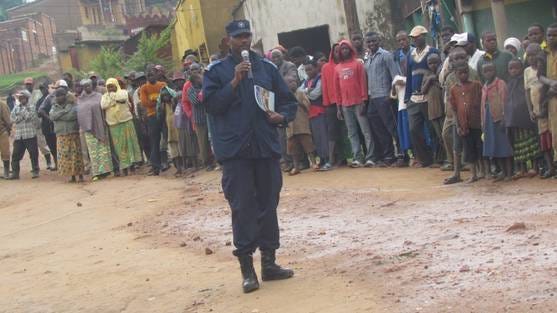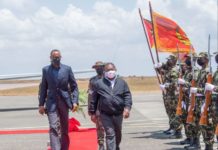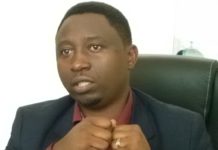By Dr David Himbara
Kagame hardly lives in Rwanda. He is almost always in the air, in his executive jet, the Middle East, a bit of Europe, but mostly in North America. From January to March 3, 2016 the Rwandan head of state was mostly overseas. He recently jetted to Rwanda, first attending the National Leadership Retreat, and now for the first time in 2016, he is visiting with Rwandans. And he just ended a three-day visit the north-western part of the country when he assessed development progress in Gakenke and Rubavu districts.
So what can we learn from Kagame’s visit to Gakenke District?
We learn how the regime lies about its development success — something that is very easy to disprove, however. Here is how the regime boasts about its achievements in Gakenke District:
“ Thursday, 24 March 2016 — Today, President Paul Kagame kicks off a three-day tour in the north-western part of the country. The President started his trip in Gakenke District, Northern Province where he met and interacted with residents…Hit hard by an insurgency in the aftermath of the 1994 Genocide, Gakenke is now peaceful with a vibrant agriculture sector, fast-growing electricity coverage and an impressive healthcare ‘Mutuelle de Sante’ coverage of over 90%. Gakenke boasts many tourism attractions, with imposing mountains full of ancient history, mythology and archaeology.”
This is crude propaganda -in fact pure fabrications, lies, and fantasy.

Gakenke remains one of the poorest sub-regions in Rwanda by any indicators. This is confirmed by the “Gakenke District Development Plan, 2013–2018,” which highlights the following shocking realities:
Energy: “Only 1 percent of the 14 households have access to electricity. This adversely affect women and children because they are the ones mostly in charge of fetching woods.”
Transport Poor infrastructure: “In this regard, the rural area is broken-off and /or becomes costly to access markets and other service centers. These challenges are similarly connected to lack of master plan to guide the road network of the required standards.”
Water and Sanitation: “Some households have to walk long distances to reach water sources and the related negative externalities, such as, on child education and health.”
Urbanization: “Lack of district master plan is also a hindrance to the urbanization sector.”
Health: “Within the health sector issues like mothers giving birth at homes, quality of health facilities and access to health facilities due to the geographical difficulties in accessing health services in rural areas are still a big challenge. Also, high population growth and insufficient medical equipment in Health Centers and District Hospitals are challenges affecting health services within the district.”

Social Protection: “the district still has significant portion of the population under extreme poverty bracket and vulnerable groups…It is also noted that the district has limited monitoring tools like ubudehe graduation categories to facilitate the measurement of sustainability of the benefited persons from poverty.”
Youth: “stumbling block to increased youth productivity is minimal knowledge and skills in management and project preparation, i.e., business project formulation. This is coupled with few technical schools and youth forums through which skills and innovative trainings can be imparted.”
ICT: “Inaccessibility of the rural population to the internet network is the main challenge…96.9 percent of the population of 6+ years have never used computer before.”


Another way of exposing the Kagame regime’s is to read reports from its own newspaper. According to the New Times of March 25, 2016, “The President promised that Gatonde health centre, which the government agreed to build back in 1999 but hasn’t been delivered so far, will be constructed as soon as possible.” This promise was made 17 years. Shame on you King Paul and your dysfunctional regime.
So what do we learn from these presidential visits to rural Rwanda? Nothing much — it is the usual propaganda.































































